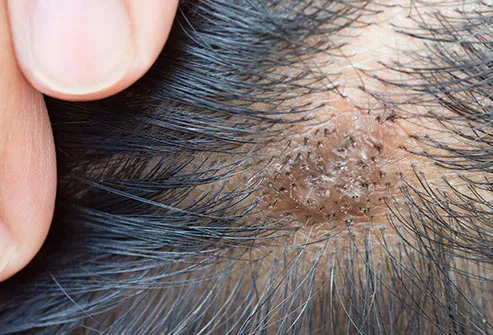 Pictures of Conditions That Affect Your Scalp
Pictures of Conditions That Affect Your ScalpWarning: The NCBI website requires JavaScript to operate. Trichostasis spinulous leather scalp mimicking Alopecia Black areata points Flavianne Sobral Cardoso Chagas1 Universidade Federal de Sergipe (UFS) - Aracaju (SE), Brazil. 2 Universidade de São Paulo (USP) - São Paulo (SP), Brazil. Aline Donati2 Universidade de São Paulo (USP) - São Paulo (SP), Brazil. Isabella Ibrahim Doche Soares2 Universidade de São Paulo (USP) - São Paulo (SP), Brazil. Neusa Sakai Valente2 Universidade de São Paulo (USP) - São Paulo (SP), Brazil. Ricardo Romiti2 Universidade de São Paulo (USP) - São Paulo (SP), Brazil. AbstractAlopecia areata is a common autoimmune disorder that leads to non-scakering hair loss. Black spots, also called body hairs as eaten, can be found in almost 50% of patients with alopecia areata and indicate disease activity. Trichotasis spinulous is a follicular disorder resulting from the retention of numerous hairs surrounded by a keratin pod in dilated follicles. Trichotasis spinulous is a relatively common but subdiagnosed disorder of the hair follicles. Here we describe a man with alopecia areata of the eyebrows, androgenetics alopecia and spinulous trichostasis in the vertex and show how dermoscopia can be useful for distinguishing black points from spinulous Trichostasis lesions. Alopecia areata (AA) is a chronic autoimmune disease aimed at capillary follicles. The disorder is usually characterized by limited alopecic patches on the scalp, but more severe shapes can affect the full scalp (totalis alopecia) or body (alopecia) universalis). Recently, dermoscopy has become an important tool for AA diagnosis, especially in cases with unusual presentations. Findings of the most associated dermoscopy with AA are: Black Points (also called pear hairs as eaten), chanting hairs corresponding to "exclamation brand hairs", broken hairs, yellow dots and short growth vellus hairs. ,Trichostasis spinulosa (TS) is a follicular disorder resulting from retention numerous hairs surrounded by a keratin pod in a dilated follicle. Most often presents as an isolated finding, but can also be detected as a secondary to the expansil non-destructive lesions that narrow the hair unfounded, such as melanocite nevi, seboreal kerats, syringomas or nodullar basal cell carcinomas, or more rarely, as a result of folliclesis hamartomas with multiple units around a central pore (trichofolliculomas). In any case, the retained axes of hair are kept together inside Follicular openings by several degrees of infundibular ceratosis. Dermoscopy allows best observation of several hairs that erupt through follicles and is useful for diagnosis of the TS. A 56-year-old Brazilian man presented a 6-month old eyebrow loss story. He referred male pattern typical alopecia since the age of 20 years and denied any recent change in the scalp alopecia. His family history was positive for androgenetic alopecia, but there was no personal or family history of alopecia areata. The patient denied any comorbidity and He didn't take any regular medications. When physically examined, the eyebrows were completely absent and the eyelashes were scarce. The the scalp showed the front, vertex and parietal hair thinning with decreased hair density. There were multiple dark follicular structures on the vertex. They were de-headed. and clinically resembles AA (black points). The strip test was negative on the scalp and there were no other areas alopecia on the body. A. Clinical aspects of the vertex area: black points were displayed within an alopecia area containing a lower density of white terminal hairs; B. Dermoscopy of the vertex area showed tufts of small black hairstyles emerging from follicular ostia. (Demoscopy of immersion, 20x magnifying lens attached to a Sony digital camera); C. Eyebrow dermoscopy showed hairs of corpses as eaten in an area affected by alopecia areata The dermoscopy of the scalp vertex area revealed structures similar to black points, which were in fact tufts of hairs vellus pigmented light, tightened together inside one Follicular opening (). Lighting compression, used for immersion dermoscopia, spreads the hair group in different lengths and directions, facilitating the visualization of the individual tips of the hair shaft above the epidermal level. Increased proportion of thin hair, reduction of hair density and visible panal pattern were also visible in the area of the vertex, and compatible with the androgenetics simultaneously alopecia. The dermoscopy of the eyebrows showed yellow dots and true comet corpses hair (black points), confirming the diagnosis of alopecia areata (). Laboratory tests were performed to detect other autoimmune disorders; all They were within normal limits. The patient accepted a biopsy performed in his scalp area, but not eyebrows. Histopathology of the scalp was characteristic of androgenetic alopecia and showed a inverted proportion of vellus: terminal follicles with preserved sebaceous glands (). More surface levels of horizontal slides represented groups of 3-5 thin hair ends within dilated infundibuli, confirming the diagnosis of spinulous trichotasis ().A. horizontal section of the vertex biopsy at the isthmo showed normal follicular density with follicular mini-tuarization and enlarged sebaceous gland, suggestive of androgenetic alopecia. (HE staining, 40x increase); B. Surface horizontal sections of the same area showing multiple axes of thin hair and greater amount of lamellar keratin within the infundibular region of follicles, corresponding to trichotasis spinulous. (HE tincture, 200x increase)Androgenetic alopecia diagnosis Hamilton III V associated with spinulous trichostasis lesions were performed for scalp alopecia, but no treatment was initiated because the patient didn't complain about it. Clinical and demoscopic diagnosis of alopecia areata of the eyebrows was made and intralesional injection of triamcinolone 2.5 mg/ml every 6 weeks with partial response started, but frequent relapse after discontinued treatment. The use of dermoscopy in tricology has been useful for many disorders. In AA, hairs of "exclaim mark" (also Hairs are an important diagnostic track that can be better visualized Demonscopy. Broken hairs and black points also have good specificity for diagnosis AA and correlate positively with disease activity. Black points can be found in almost 50% of AA cases. The underlying mechanism of black dot formation implies the sudden detention of the hair cycle caused by the inflammatory process mediated autoimmune affecting the region of anagen follicles. The terminal pigmented axles of the inflated follicles suddenly become weak and thin, which leads to the rupture at different levels, with subsequent dissolution the axis in a material pigmentedmorph within the follicular opening, which clinically appears as black points. Black points can also be seen in other clinical environments, presenting with hair breakage like trichotillomania, traction alopecia and tinea capitis. Clinical aspects spinulous trichostasis can be misinterpreted as black AA points but dermoscopia can easily distinguish it, revealing the typical hairstyles instead of the pigmentedmorphs material inside hair openings. We present the case of a patient who had alopecia areata in the eyebrows and spinulous trichostasis, plus androgenetic alopecia in the scalp. Useful dermoscopy in the correct diagnosis both disorders. Dermoscopy is a practical, simple and non-invasive method that helps dermatologists diagnose many hair disorders in routine practice. Helps to avoid more invasive procedures, improves diagnostic accuracy and allows rapid introduction therapeutic measures. Footnotes Conflict of interest: Financial financing: None How to quote this article: Chagas FSC, Donati A, Soares IID, Valente NS, Romiti R. Trichostasis spinulosa of the scalp mimicking Alopecia Areata black dots. An Bras Dermatol. 2014;89(4):685-7.* Work carried out in the Department of Dermatology do Hospital das Clinics das Faculdade de Medicina da Universidade de São Paulo (HC-FMUSP) - São Paulo (SP), Brazil. REFERENCESFormats: Share , 8600 Rockville Pike, Bethesda MD, 20894 USA
People also ask How to detect a mice infestation – Logical products Lice vs. dandruff: Differences, images and symptoms White Stone: What you get, how you treat it - HealthlineScalp Condition - Grainy Sand/Sugar - Dermatology - MedHelpRelated searchTrichostasis spinulosa del leather cabelludo Alopecia Health Areata black ...Scalp Conditions Small white spots, the same size / shape that...
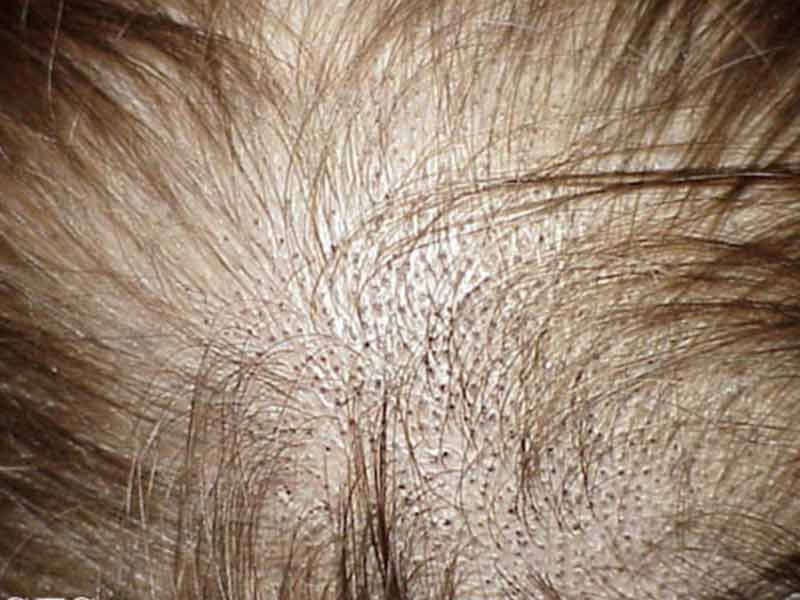
What Are The Signs Of New Hair Growth? - Lewigs
Scabs On The Scalp: 10 Causes & Their Treatments – SkinKraft
Tiny black dots on scalp after bleaching : HaircareScience
Black Adherence Nodules on the Scalp Hair Shaft | MDedge Dermatology
Scalp conditions: Examples, treatment, and pictures
Black Spots on Baby's Head? - Page 1 | BabyCenter
Scalp Conditions: Pictures, Causes, and Treatments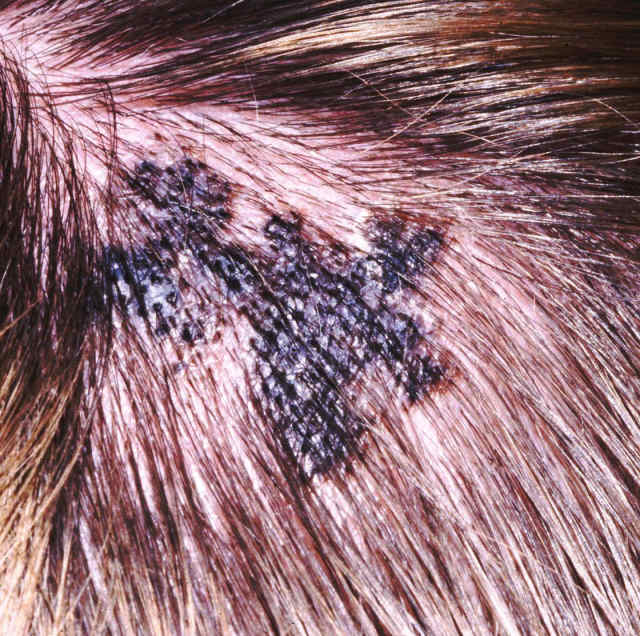
mm scalp - The Skin and Wellness Center
Infections, Infestations and Neoplasms of the Scalp | IntechOpen
Infections, Infestations and Neoplasms of the Scalp | IntechOpen
Dermoscopic clues to distinguish trichotillomania from patchy alopecia areata
Scalp Psoriasis: What Dermatologists Wish You Knew | The Healthy
Black dots on scalp that scratch off
Scalp folliculitis: Symptoms, pictures, causes, shampoos and creams
Dermoscopic clues to distinguish trichotillomania from patchy alopecia areata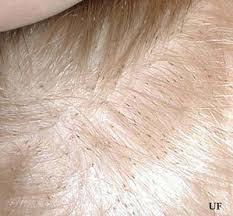
Getting Rid of Fleas in Human Hair | ThriftyFun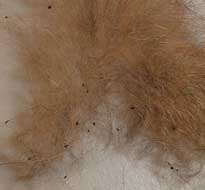
What Is Flea Dirt And What Does It Look Like? - TheBugSquad
Black Spots on Baby's Head? - Page 1 | BabyCenter
Indian Journal of Dermatology, Venereology and Leprology - Relevance of trichoscopy in the differential diagnosis of alopecia: A cross-sectional study from North India
Psoriasis or dandruff? Symptoms, treatment, and tips
Scalp Conditions: Pictures, Causes, and Treatments
Black dots on scalp that scratch off
5 Warning Signs Your Scalp is in Trouble
Seborrheic Dermatitis: What Is It, Diagnosis & Treatment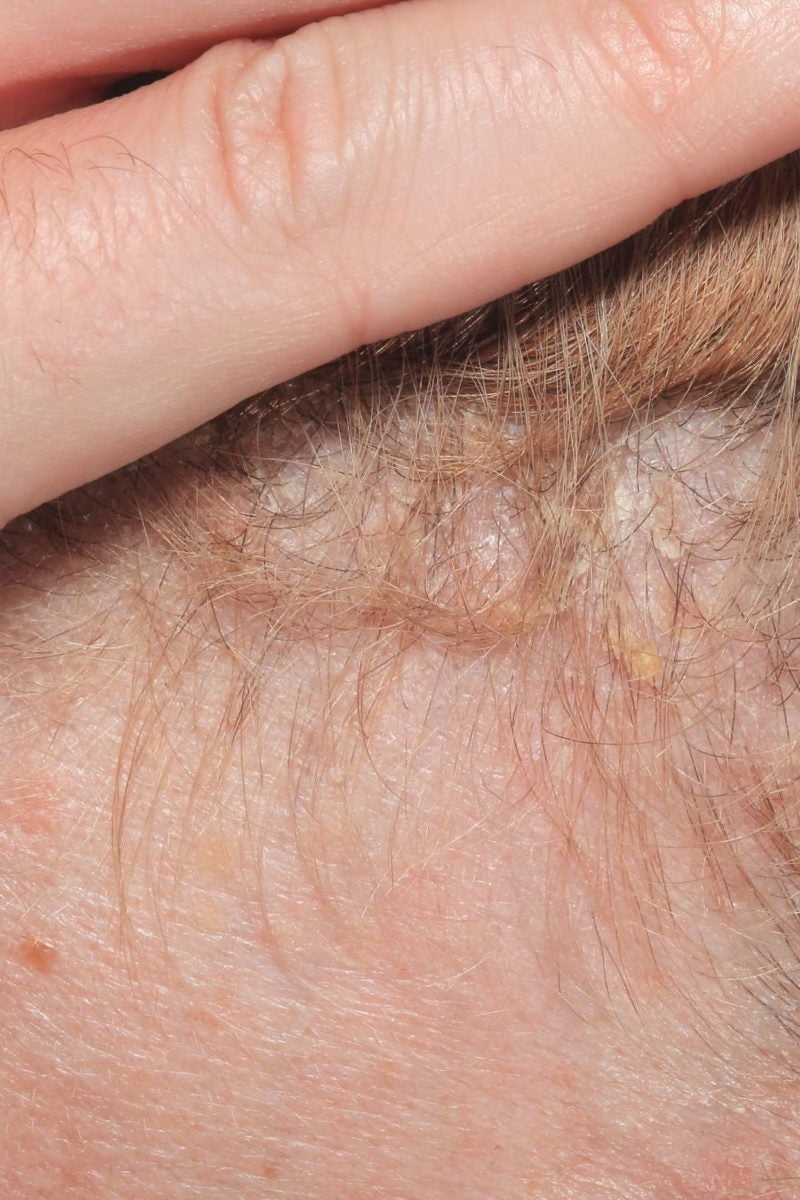
Scalp psoriasis: Symptoms, causes, and treatment
Scalp Conditions: Pictures, Causes, and Treatments
Scalp psoriasis: Shampoos, scale softeners, and other treatments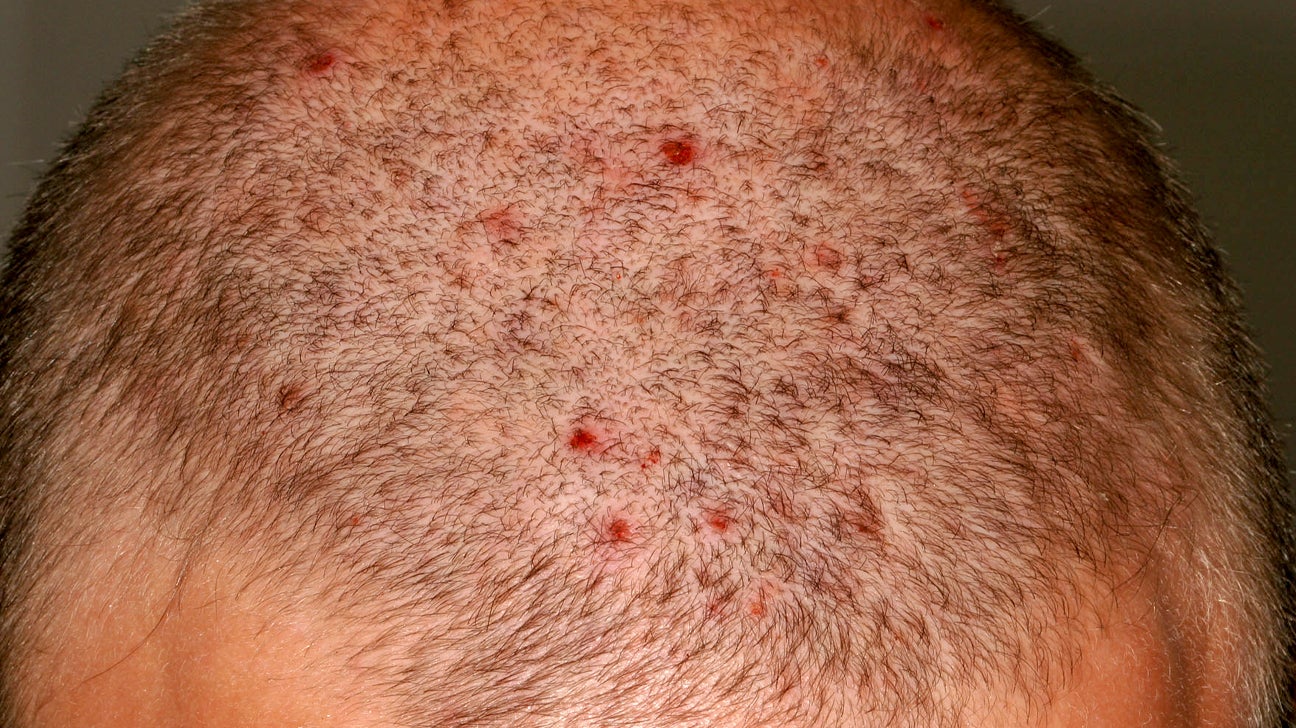
Folliculitis Scalp: Symptoms, Pictures, Shampoos, and Other Treatments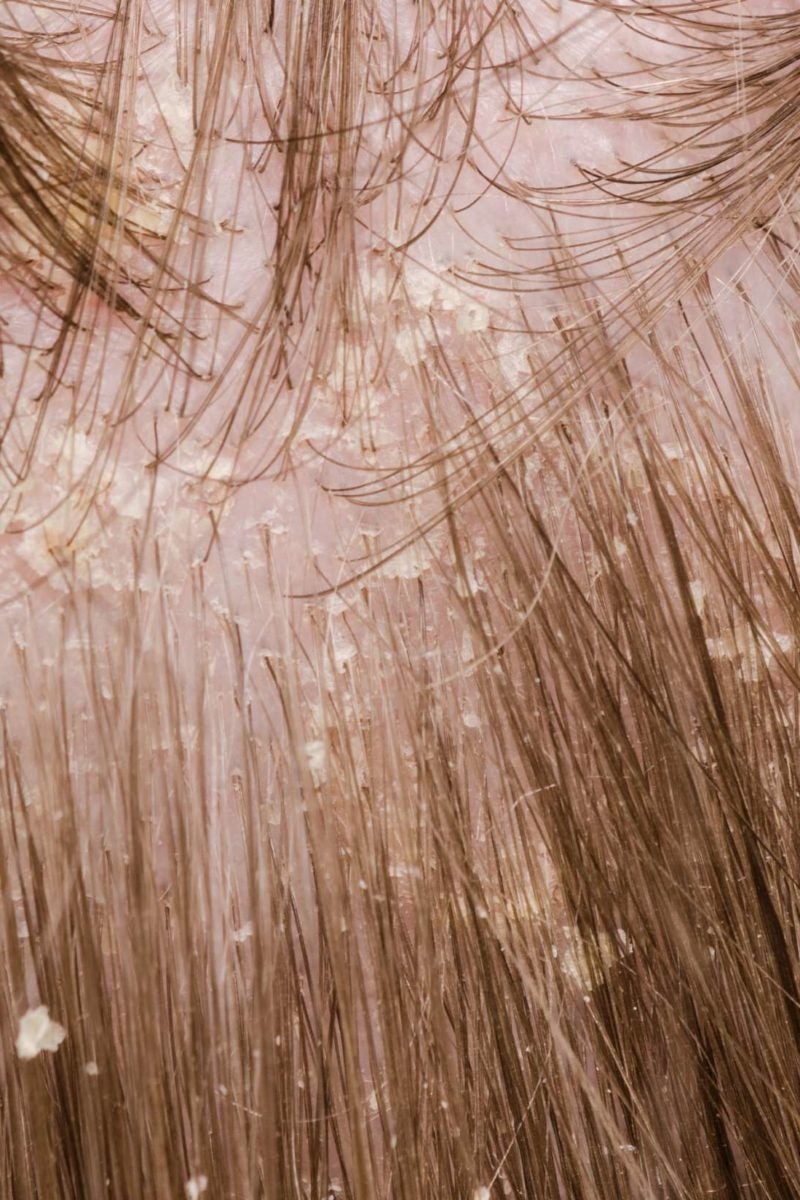
Psoriasis or dandruff? Symptoms, treatment, and tips
Ringworm - NHS
Scalp Conditions: Pictures, Causes, and Treatments
Flea Dirt - What Is It and How Do You Get Rid of It?
Wart on Scalp: Causes, Side Effects, Risks, and Treatment
What you need to know to recognize, treat, and cope with cradle cap | BabyCenter
White Piedra: What It Is, How You Get It, How It's Treated
Do You Have an Itchy Scalp? 5 Common Problems and Fixes – Health Essentials from Cleveland Clinic
Cradle cap - Symptoms and causes - Mayo Clinic
Infections, Infestations and Neoplasms of the Scalp | IntechOpen
the Rat Report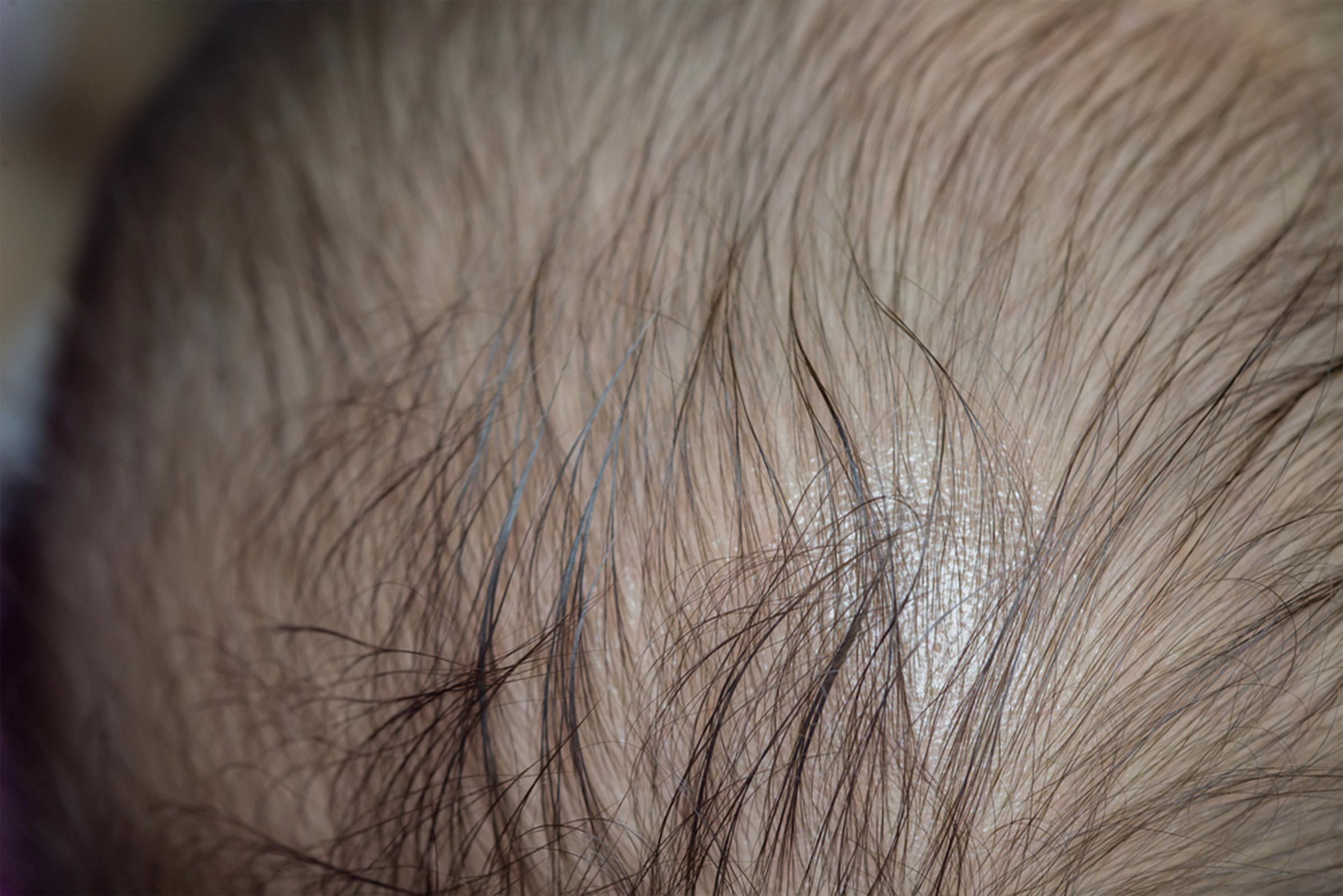
20 Reasons for Your Itchy Scalp (Besides Head Lice) | The Healthy
 Pictures of Conditions That Affect Your Scalp
Pictures of Conditions That Affect Your Scalp


































Posting Komentar untuk "black dots on scalp that scratch off"